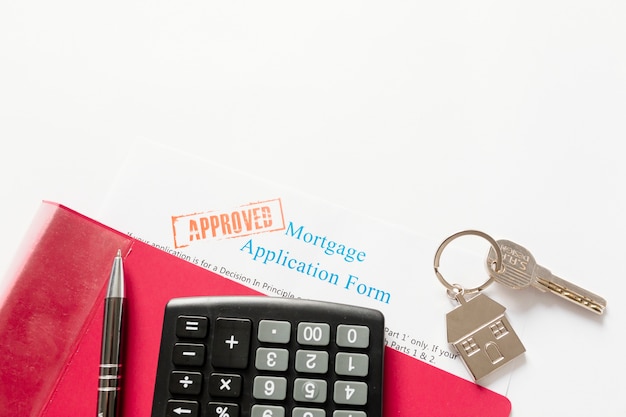
As August 2012 draws to a close, current data indicates a recurring dip in average house prices, continuing a trend that has lasted around four years. Once seen as a sturdy investment, real estate is now a financial battleground just to break even.
Real estate purchasers are often plagued by several common challenges, and the issue of negative equity, procuring a deposit, and securing a willing mortgage lender are merely the tip of the iceberg. Lately, however, the primary issue grabbing headlines is Stamp Duty Land Tax (SDLT)- a levy on both residential and commercial purchases that surpass a certain monetary threshold. Following the Budget announcement in March this year, anyone involved in property deals – regardless of the type or cost of the property – faced grim tidings.
Initially, the “Stamp Duty Holiday” for newcomers to the property market was discontinued. If you’re not familiar with this, it was a scheme that waived SDLT for first-time buyers purchasing properties worth up to £250,000 – a potential saving of a much-needed £2,500. Despite extensive demands to extend the scheme, Chancellor George Osborne pointed to it as unsuccessful and therefore, it had to end.
Subsequent to the Budget, the Council of Mortgage Lenders declared a significant decrease in the number of mortgages borrowed by first-time buyers, attributed to the end of this policy. This seemed to contradict the Chancellor’s previous statement.
In conjunction with the difficulties experienced by those at the bottom of the property ladder, the government also made changes for those at the top by increasing the SDLT on the most expensive properties. This resulted in a 40% climb, pushing the SDLT from 5% to 7% for properties valued above £2m. To give a real-world example, those buying such properties could see at least an additional £40,000 SDLT loss from their banks relative to the previous rate.
SDLT operates with a method known as the ‘slab basis’, widely regarded as unjust. Unlike income tax, which increases incrementally with income levels, SDLT is applied to the entire cost based on the bracket it fits into. The effect of this goes far beyond simply being a financial punishment; it effectively influences the property prices around each bracket.
It’s not just taxpayers and consultants who see the current SDLT system as unfair. Starting from April 2015, the Scottish Government will control the SDLT rates applicable in Scotland and plans to implement a progressive tax model rather than the slab basis. Early estimates indicate that this change, referred to as Land and Building Transaction Tax, could result in savings for 95% of Scottish property buyers.
Given the issues surrounding SDLT, it’s becoming an increasingly common practice to attempt to save on these costs. This popular approach has drawn government attention, leading to new legislation in the 2012 Budget that closed loopholes in SDLT savings plans and introduced a 15% charge on companies trying to evade SDLT on residential property.
More recently, the government has also been discussing potential changes or removal of advantageous conditions provided by the often-exploited ‘Sub-Sale’ legislation to prevent future planning opportunities. This demonstrates that SDLT reform remains a top priority on their agenda.
This contribution has been made by Craig Herbet, Partner of C3 Tax, based in Leeds, Yorkshire, who specializes in tax advice.


